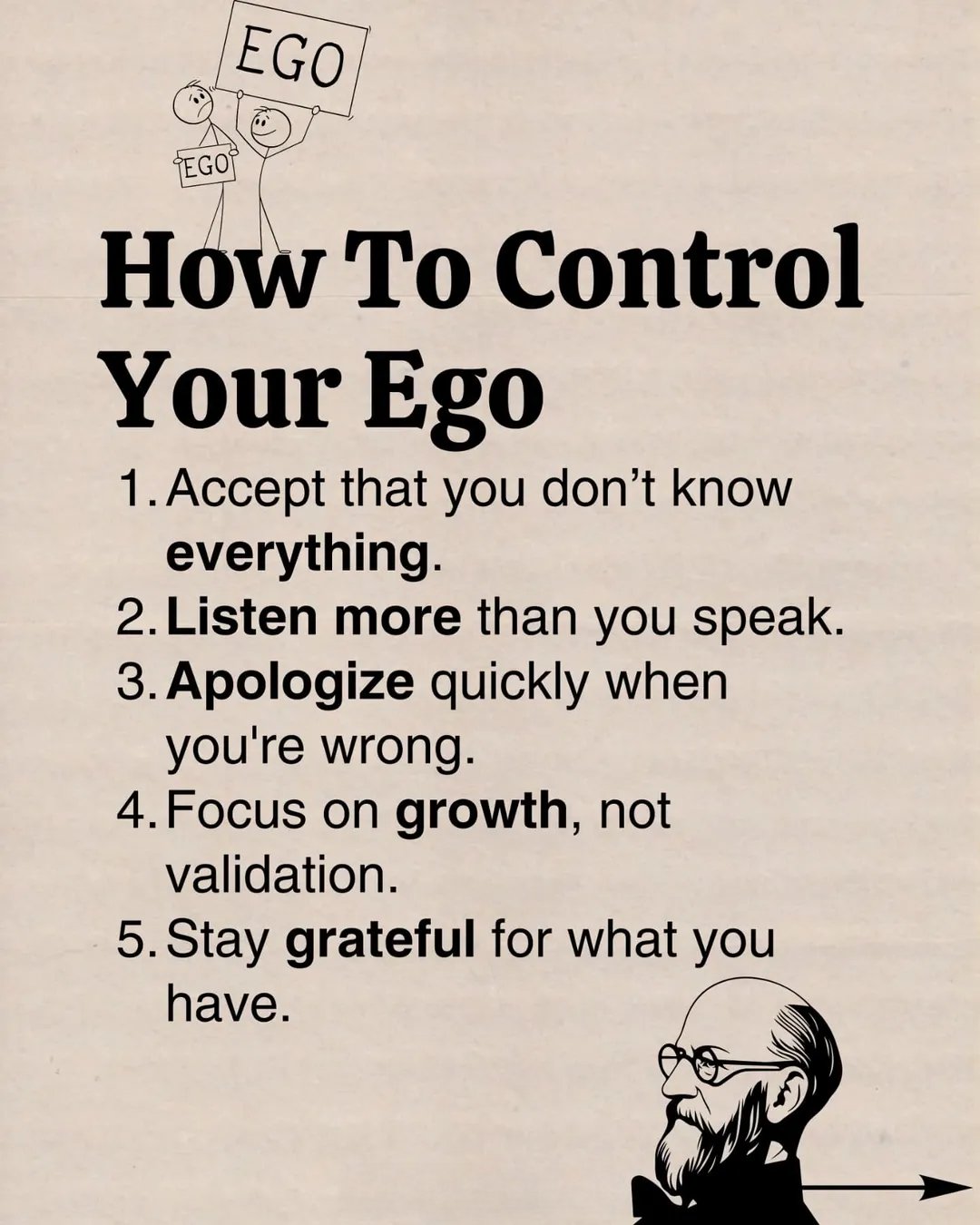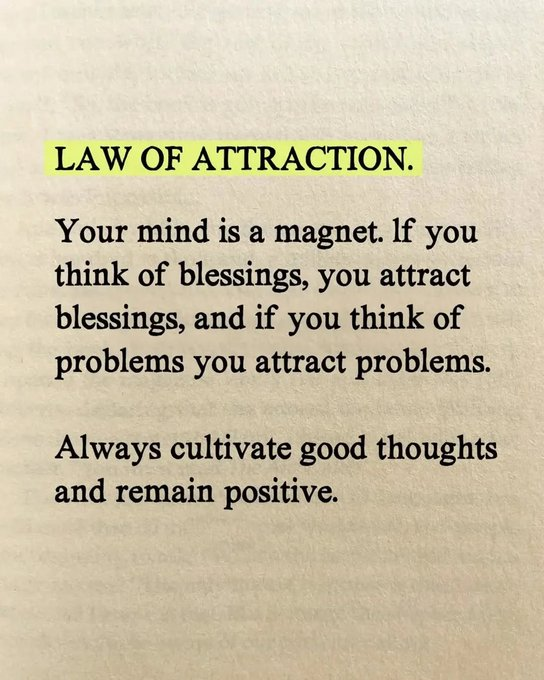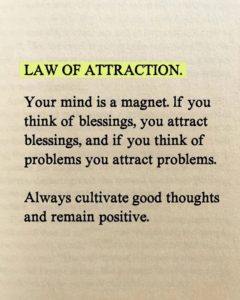Taming the Ego: Five Steps to a Humbler, Happier Life
The image above, with its simple yet profound advice, offers a roadmap to controlling your ego: “1. Accept that you don’t know everything. 2. Listen more than you speak. 3. Apologize quickly when you’re wrong. 4. Focus on growth, not validation. 5. Stay grateful for what you have.” Accompanied by a cartoon of two figures holding “EGO” signs and a thoughtful portrait, this message highlights the importance of humility in personal growth. Let’s unpack these steps and see how they can lead to a more balanced and fulfilling life.
Why the Ego Needs Taming
The ego, as depicted by the figures proudly waving their signs, often drives us to seek validation, assert dominance, or resist vulnerability. While a healthy ego can fuel confidence, an unchecked one can lead to arrogance, strained relationships, and stunted growth. Controlling your ego isn’t about diminishing yourself—it’s about fostering humility and openness, allowing you to connect more deeply with others and yourself.
Step 1: Embrace Your Limits
Accepting that you don’t know everything is liberating. The ego wants to be right, to have all the answers, but no one does. Admitting this opens you up to learning and growth. Next time you’re unsure, say, “I don’t know, but I’d love to learn.” This simple act disarms the ego and invites wisdom.
Step 2: Listen More, Speak Less
The ego loves to dominate conversations, but true understanding comes from listening. By listening more than you speak, you show respect for others’ perspectives and gain insights you might miss otherwise. Practice active listening—nod, ask questions, and resist the urge to interrupt. Your ego might squirm, but your relationships will thrive.
Step 3: Apologize Sincerely
Admitting when you’re wrong is a powerful way to keep the ego in check. The ego hates being wrong, but a quick, heartfelt apology shows strength, not weakness. It builds trust and demonstrates that you value connection over pride. Next time you make a mistake, don’t defend—apologize and move forward.
Step 4: Seek Growth, Not Validation
The ego craves external validation—likes, praise, or recognition—but true fulfillment comes from internal growth. Focus on improving yourself, learning new skills, or becoming kinder, rather than seeking approval. Growth is a quiet, steady journey that doesn’t need an audience, and it leads to lasting satisfaction.
Step 5: Cultivate Gratitude
Gratitude grounds you. When you focus on what you have rather than what you lack, the ego’s desire for more—more attention, more success, more stuff—fades. Start a daily gratitude practice: write down three things you’re thankful for each morning. This habit shifts your perspective, fostering contentment and humility.
Final Thoughts
Controlling your ego, as the image suggests, is a daily practice that leads to a richer, more connected life. By embracing your limits, listening more, apologizing sincerely, seeking growth over validation, and staying grateful, you can quiet the ego’s demands and nurture your true self. The journey to humility isn’t always easy, but it’s worth it—because a life led by wisdom, not ego, is a life of peace and purpose.










